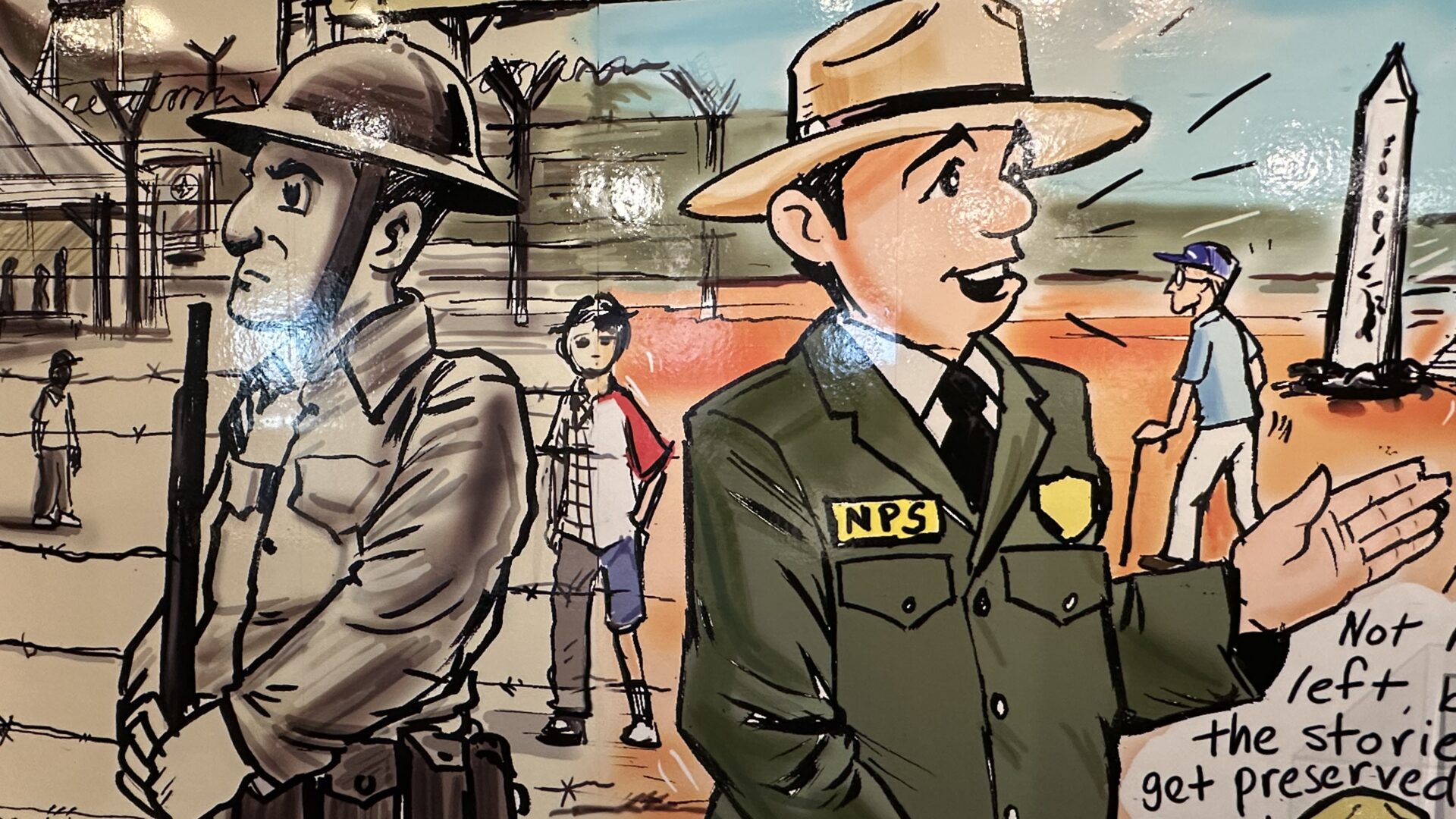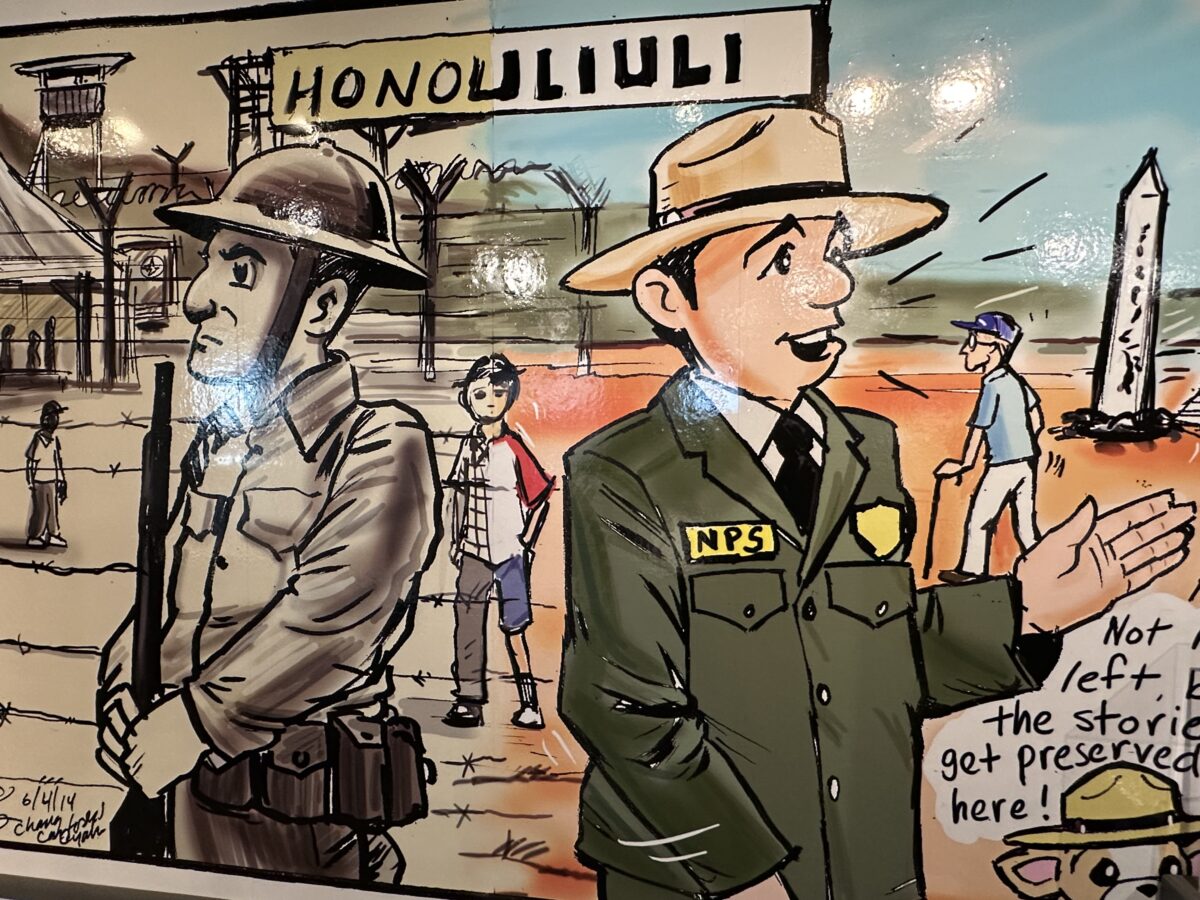Honouliuli National Historic Site
Unlike other World War II internment camps that you can visit on the mainland (for example, Manzanar in California), Honouliuli Internment Camp in Hawaii is currently not open to the public. After it closed in 1946, the camp was dismantled. It wasn’t until 1998, when a local tv station contacted the Japanese Cultural Center of Hawaii about it, that folks started looking for what remained of the camp.
Overtaken by jungle, the site was found in 2002. Hidden for so many years, much of what had been left behind remained untouched – some standing buildings, concrete foundations, fences, walls, aqueduct, and artifacts.
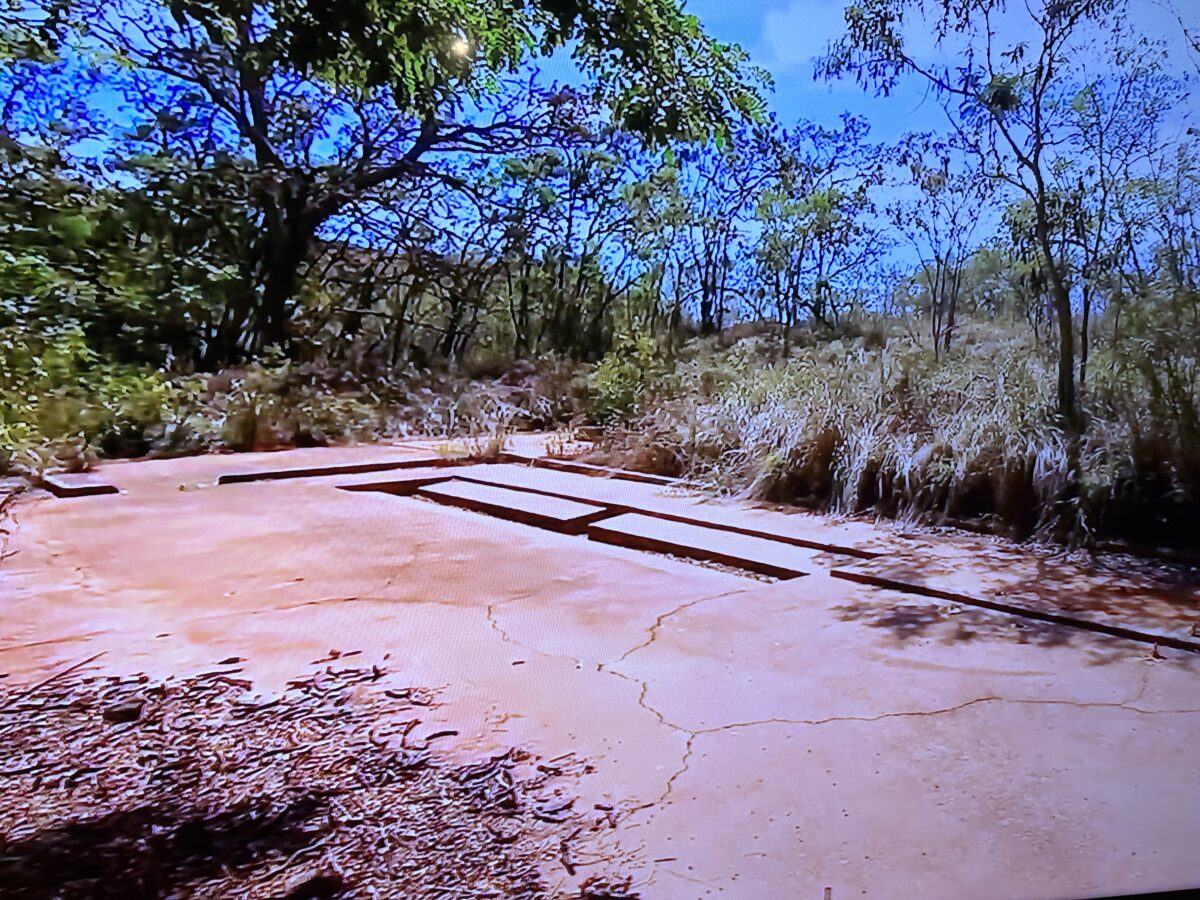
The land was eventually purchased by Monsanto. Subsequently they donated 123 acres to the national government for preservation. Declared a National Historic Site in 2015, restoration activities are still in progress and the site remains closed to visitors.
Today you can visit the Honouliuli Education Center at the Japanese Cultural Center in Honolulu to learn more, and see photos they have collected.
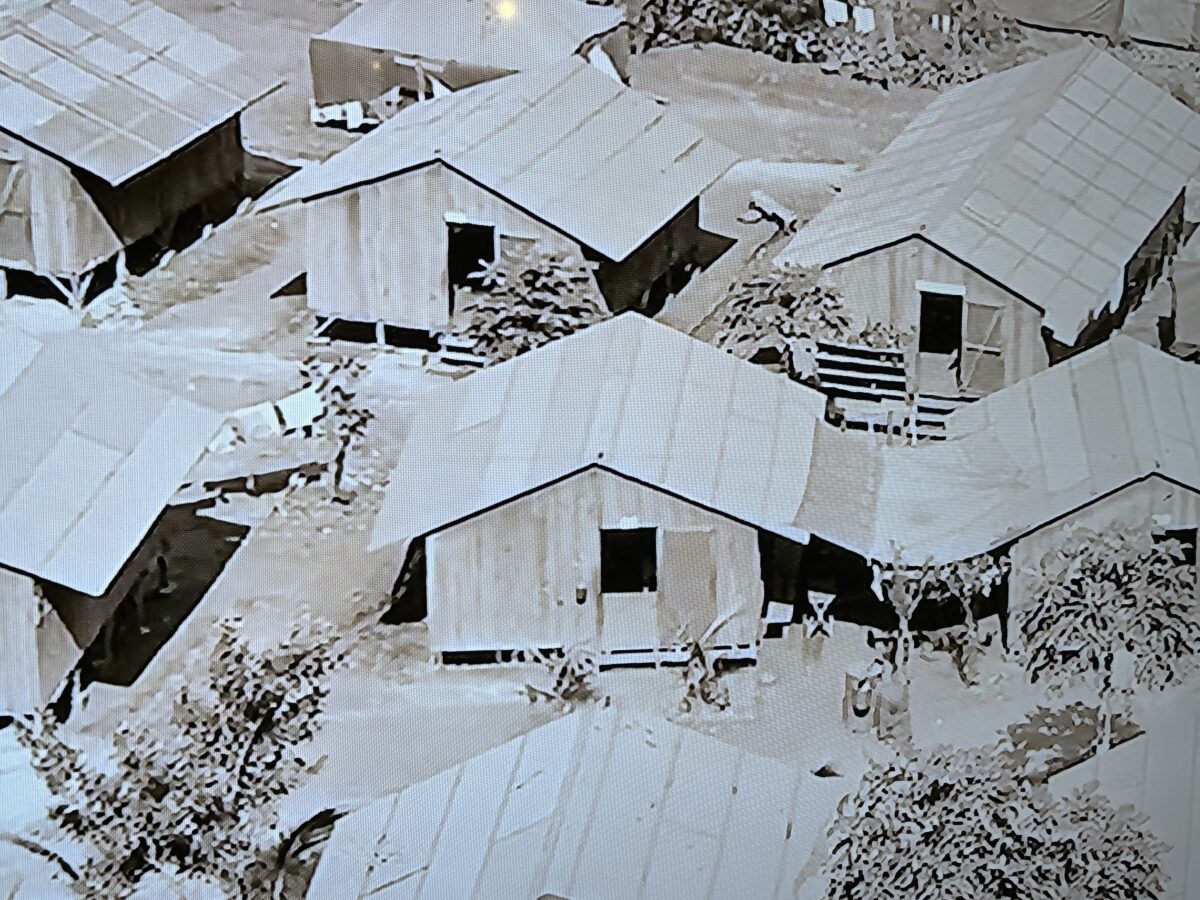
Just inside the main entrance, they have two rooms dedicated to the Honouliuli National Historic Site, mainly focused on the Japanese internment experience.
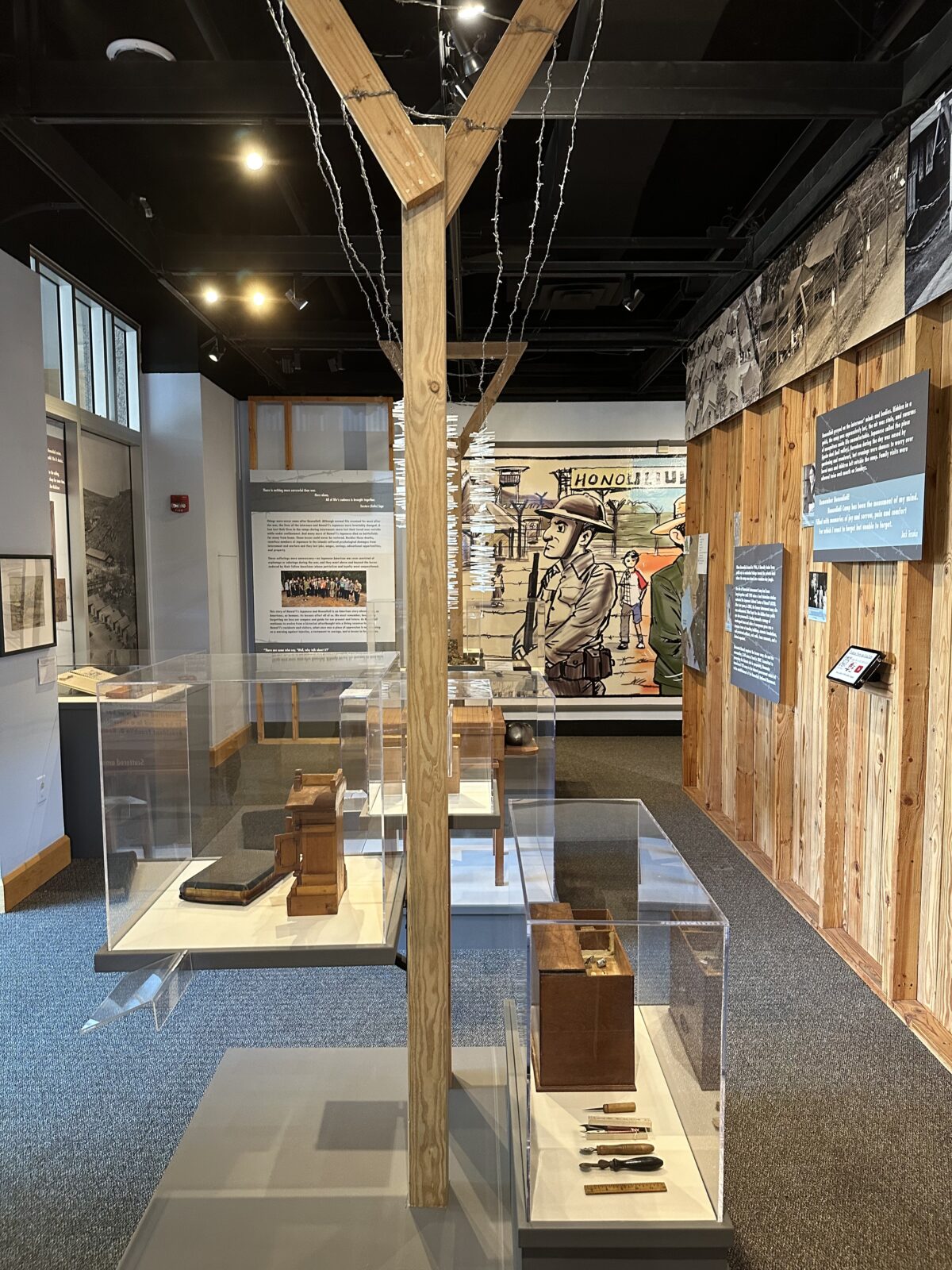
Along with personal accounts and photos, there are several displays of items hand made by the internees using hand made tools. The most amazing is a collection of carved and exquisitely painted birds, and pictures printed using hand carved wooden blocks. Another display case contains a belt, embroidered with tiny slices of shells that is so delicate and detailed, it is hard to imagine someone making this in a detention camp.
Entrance is free to the public. Be sure to check the website for opening hours and days.
About Honouliuli
Honouliuli was the largest of the 17 “confinement” sites on the Hawaiian islands, built to replace Sand Island detention camp. Opened in 1943, this hastily built camp was located in a hot, mosquito ridden gulch on former agricultural land. It was ringed with barbed wire and watched over from guard towers; with rows of wooden barracks and flimsy tents separated into compounds dedicated to Japanese, Germans and Italian Americans, and Prisoners of War (POWs). Eventually, of the 4000 internees, the majority were POWs. Only a fraction were Japanese Americans.
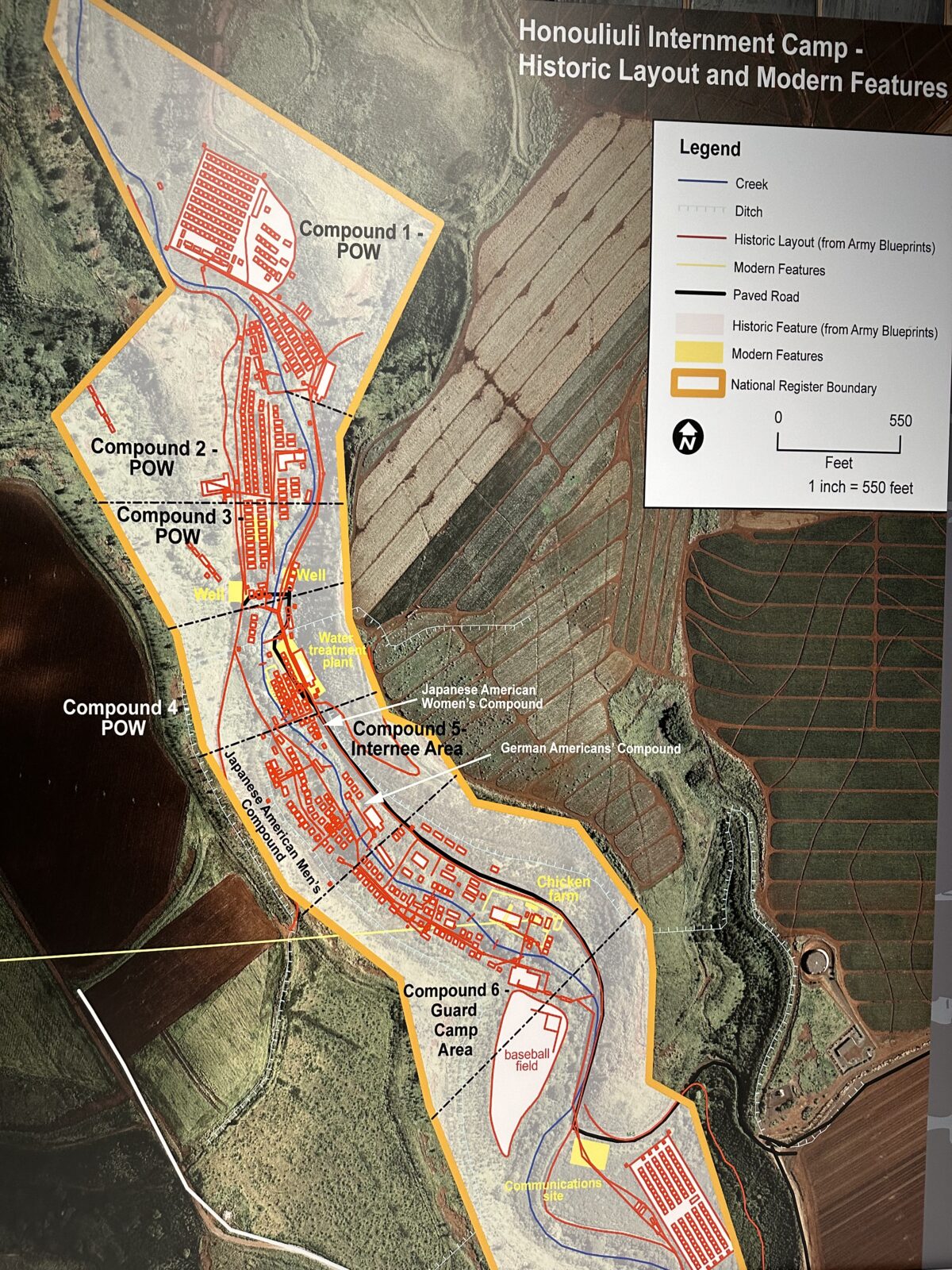
Japanese-American Internment
When the Japanese bombed Pearl Harbor on December 7, 1941, the government was quick to round up Japanese and Japanese Americans. But unlike on the mainland, it was impossible to simply detain everyone of Japanese descent. There were simply too many. Sugar cane plantations had been relying on Japanese immigrant labor since the 1800’s, so by 1941 some 40% of the population on the islands had roots in Japan.
Instead, the government rounded up community leaders, influencers, ministers, teachers and people who had traveled to Japan recently. In fact, many of these people had already been identified. After strikes for better wages and working conditions in the sugar cane industry in 1909 and again in 1920, the FBI started to compile a list. And, as early as 1923, the military had drawn up plans of what they would do in the case of a conflict. So they were ready.
Unlike other internment camps on the mainland, the military did not detain families or children; they only selectively arrested identified Japanese and interned them at locations around the island. Over the years, many were allowed to leave. Those that remained ended up at Honouliuli.
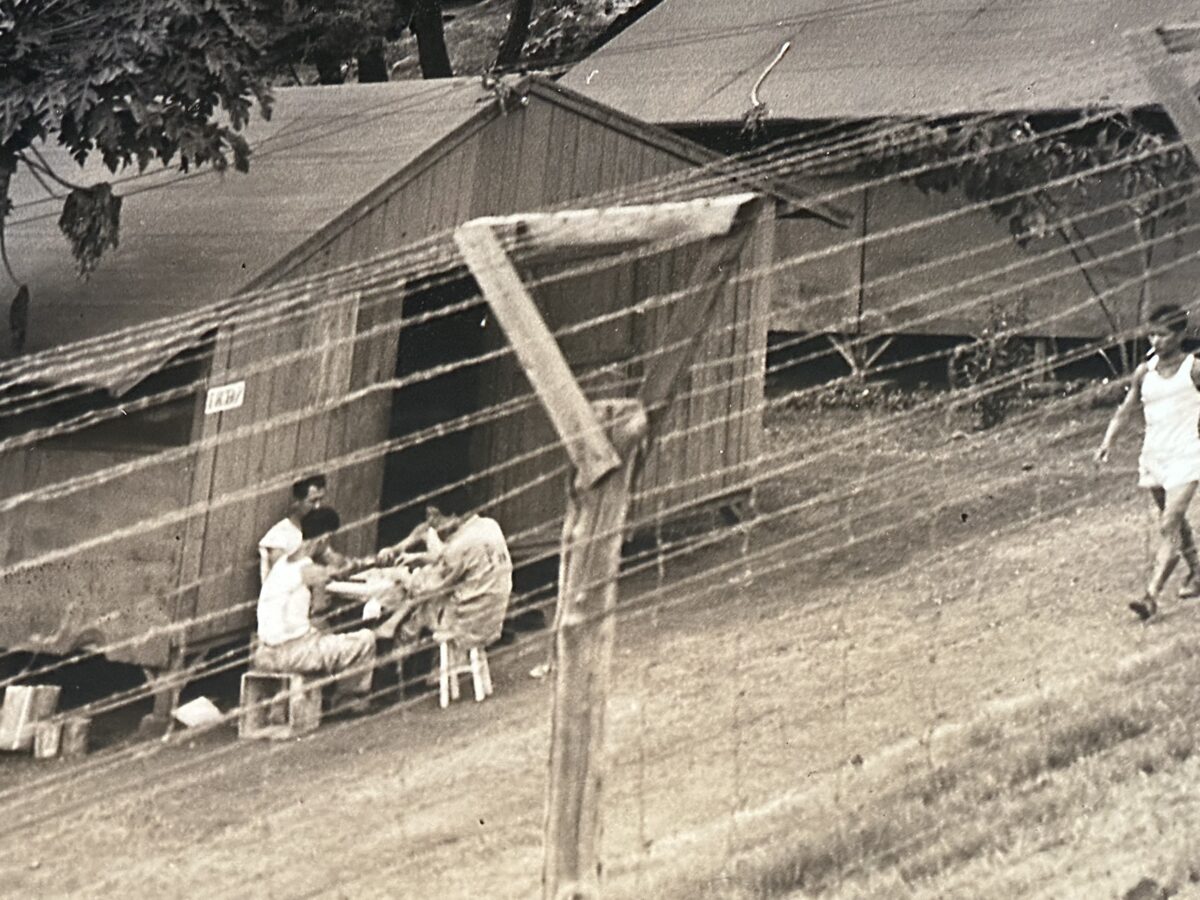
Learning More
Unless you are like us, and trying to visit every national park unit, you probably won’t go to Hawaii just to visit Honouliuli National Historic Site. But if you are interested in the internment story, there are lots of online resources. In fact, the Japanese Cultural Center in Hawaii has a YouTube Channel you might want to take a look at.
But if you are visiting Hawaii, you might want to extend your visit to Pearl Harbor (the #1 visited tourist attraction in Hawaii) with a stop at the Honouliuli Eduction Center where you will learn about a very different aspect of the conflict. Read and hear the stories of simple people who had been simply going about their day-to-day lives, when all of a sudden their world changed.
